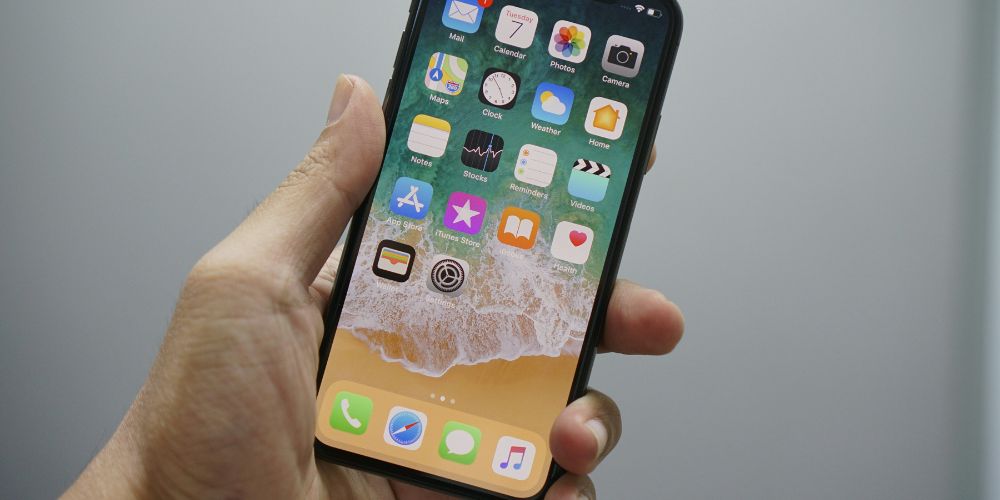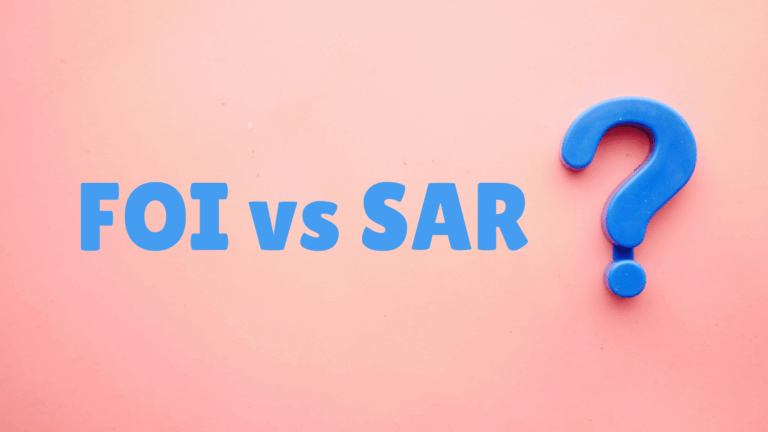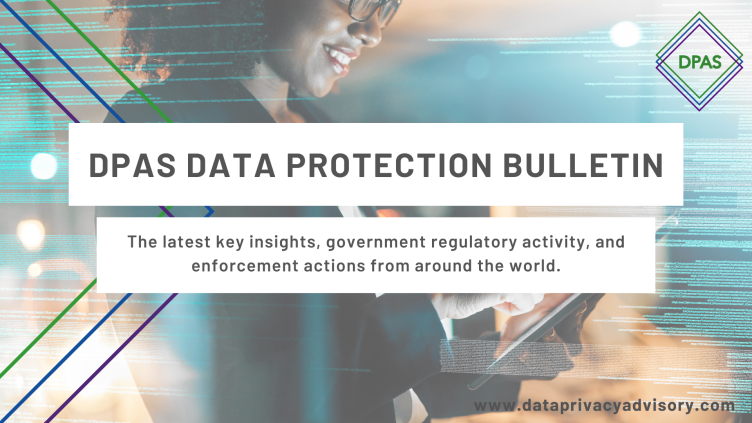Wi-Fi is pretty much everywhere these days – from coffee shops, to trains… and even some cars now have their own built-in Wi-Fi. The widespread and easily accessible nature of public networks may make them an attractive option, but just how safe is this Wi-Fi to use?
Especially when you think about how common working outside of your home or office is these days, it’s important to consider the safety measures (or lack thereof) that public Wi-Fi affords, and what you can do to counteract these risks.
How often do people use public Wi-Fi?
Public Wi-Fi is often convenient and free of charge, and so it’s no surprise that a recent study conducted by All About Cookies revealed that a huge 69% of internet users connect to public Wi-Fi networks as often as at least once a week.
Additionally, Forbes published some interesting figures last year around the use of public Wi-Fi and the associated risks. According to the Forbes survey, public Wi-Fi was most commonly used in cafes/restaurants, hotels and libraries. The figures strongly suggest that there is an increasing reliance on public internet sources, with people needing a quick and convenient connection.

Understanding the risks of public Wi-Fi
Another particularly interesting take-away from the Forbes survey is that there is seemingly a larger market for convenience than there is for safety; 56% of people connect to Wi-Fi networks that don’t require a password, and only 44% connect to networks that do. This highlights the average person’s priority of grabbing a quick connection to the web over ensuring that any Wi-Fi they use is actually secure.
One of the biggest risks that has been identified is that connecting to public Wi-Fi leaves the user vulnerable to attack, as the likelihood is that the network is unsecured. A concerning 25% of the respondents reported having their online security compromised whilst using public Wi-Fi at a cafe/restaurant. It’s clear that the studies from both Forbes and All About Cookies shed some light on a large gap in the public’s awareness of cybersecurity, and a lack of knowledge of the risks that people are opening themselves up to by using public Wi-Fi.
Attacks through public Wi-Fi can happen in a variety of ways, such as through malware infections (which involve hackers installing malware straight onto a public Wi-Fi hotspot) and Man-in-the-Middle attacks, which is where a hacker intercepts the connection between the device and the Wi-Fi router to steal the user’s data.
What does this mean for organisations and data protection?
When an individual connects to public Wi-Fi on a work laptop or device, it opens up their organisation’s network to the risks mentioned above. If an unsecure network is used, there is potential for the hackers to gain access to an organisation’s systems, which could have detrimental effects for both the organisation and for data subjects who have their own personal data stored on the organisation’s systems.

How can organisations help their employees stay safe?
The first thing to consider is introducing some form of policy that states when and how public Wi-Fi may be used by staff. This is usually contained within an Acceptable Use Policy. Some organisations may wish to strictly prohibit employees from using public Wi-Fi, whilst others may wish to restrict use. Use can be restricted by imposing rules, for example, only using public Wi-Fi when there is a VPN enabled. This is one of the best safety tools out there for using public Wi-Fi as it encrypts the user’s data, ensuring that online activities are private, protected and secure.
Organisations should also ensure that employees receive adequate, regular cyber security training to ensure that they fully understand the risks, as well as their own individual responsibilities for ensuring that their organisation’s data is kept safe from hackers.
Be careful with using public Wi-Fi
The use of public WiFi is becoming increasingly prevalent in a society that revolves around technology, but there are risks to its use that the general public don’t seem to be sufficiently aware of. The use of a non-secure public Wi-Fi has the potential for catastrophic ramifications for organisations and data subjects. This makes it essential for organisations to ensure they have measures in place that allow their employees to understand these risks, and implement measures to reduce them.

How DPAS can help
Do your staff use public Wi-Fi networks? Do your staff understand the risks involved, and know how to avoid compromising the security of the organisation’s data, and their own? By ensuring your team has adequate and regular cyber security and data protection training you can reduce the risk of staff using public Wi-Fi without caution. Embedding policies and procedures across the business that staff understand, and are aware of, will also help to reduce risk.
At DPAS we can provide corporate training programmes, and support with developing policies and procedures that will help support your staff ensuring they know what they can and cannot do.
Find out how else we can help by reading more about our expert-led cyber security training courses, exploring our documentation services, or getting in touch with us by filling out a contact form.





